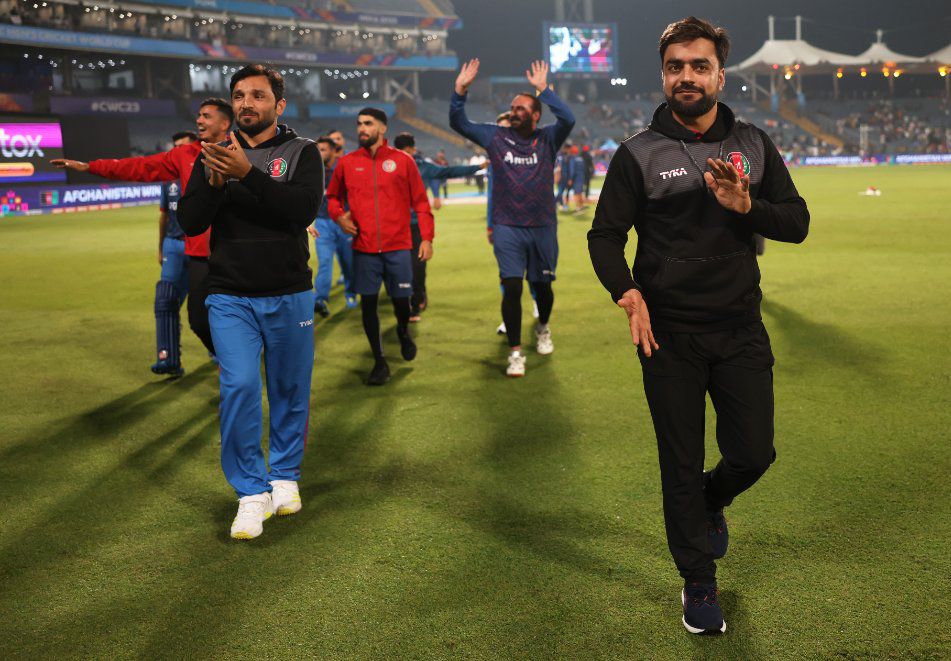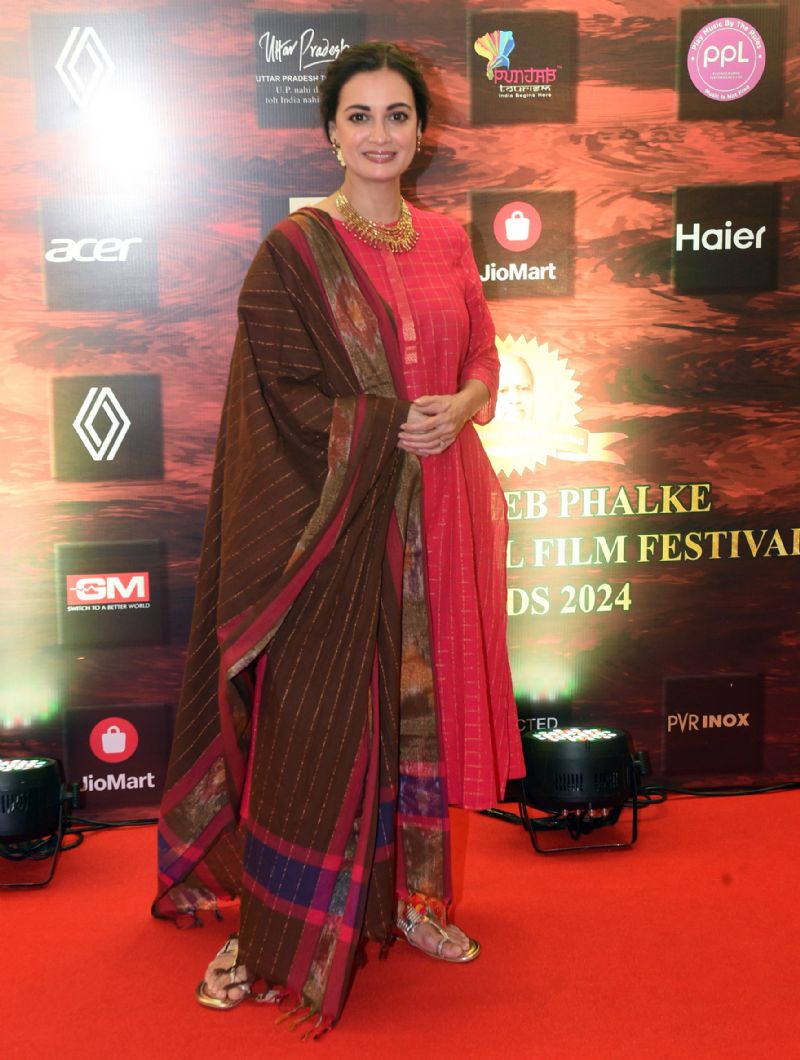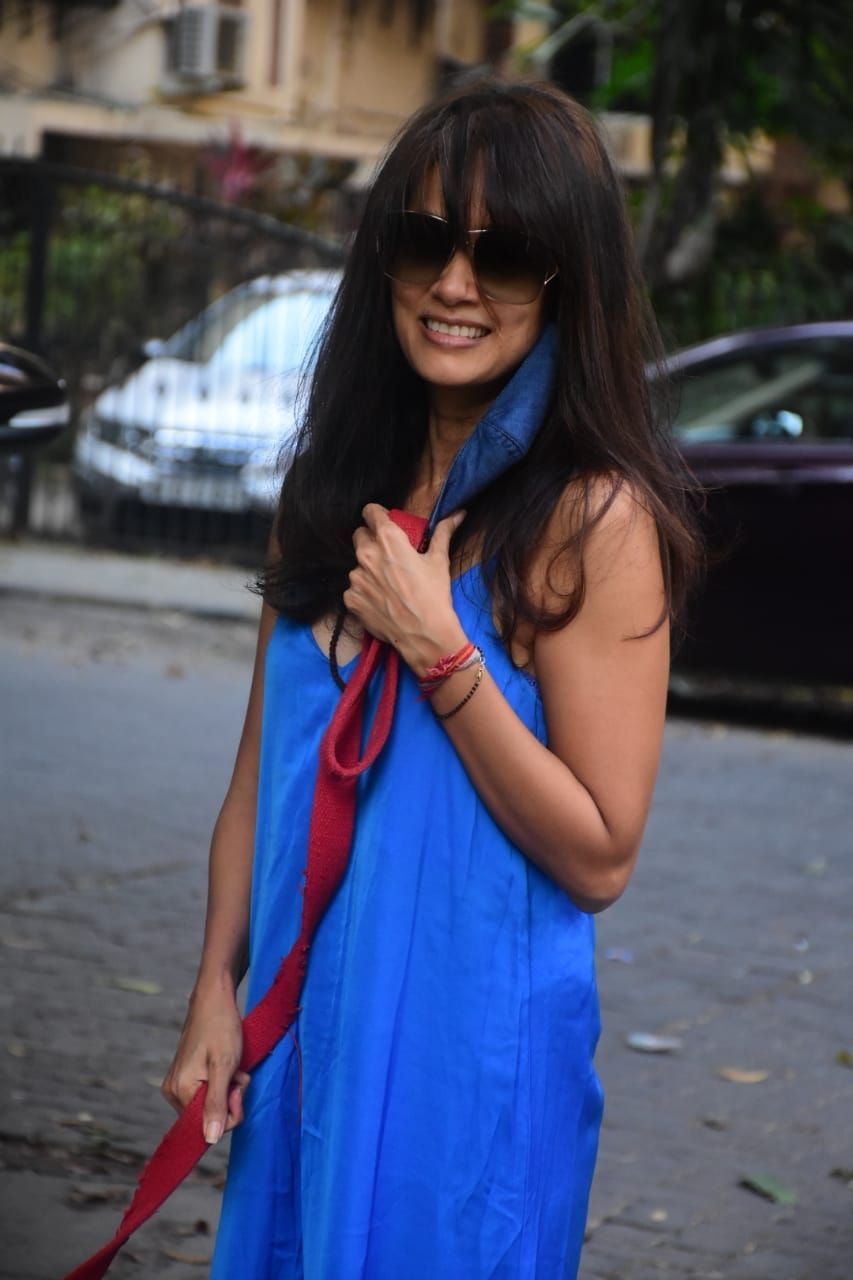|
It was said that there exist only seven basic stories around which you weave your film. How well you adapt to one of these genres made or marred your film. These were identified as genres. In the Indian context, we had family drama, also known as family socials, romance, comedy, action, mythological, suspense or thriller, fantasy and historical.
With our audience, entertainment was the ultimate watchword for the filmmakers. The audience was divided between stalls and balcony, from metros to mofussil. The two defined the purchasing power, as well as the literacy rate of both segments. Hence, while providing entertaining fare, the films had to hold what was called universal appeal. That is to say, a film should cater to all in equal measures.
So, why so many genres? That was because, just about everybody liked a wholesome family entertainer, there was also an audience for other stories like a suspense thriller (like "Bees Saal Baad", "Gumnaam" or "Teesri Manzil") and such films needed strong music to back it. This genre is almost lost from the big screen though it is being revived to an extent on OTT platforms.
Mythological films were made on just about every deity. These were usually made to coincide for release in the holy month of Shravan in the Hindu calendar. Same way, a Muslim-themed film was made to release during the month of Ramzan and on Eid. One of the examples of a mythological matching the success of any other mass film was "Jai Santoshi Maa", released on August 15, 1975, the same day as the record breaking film, "Sholay", hit the theatres. Besides, films with religious themes were considered the safest bet in regional languages.
Then there were action films and they were meant mainly for a particular kind of viewers, consisting of youngsters, the migrant labour class, cab drivers and smalltime vendors. No main cinema chain screened these films and the genre had cinema halls devoted to such films and their audience. There was a small lot of actors like Kamran Khan, Sheikh Mukhtar, Dara Singh etc, who specialised in drawing crowds for these films. The sound of "dhishoom, dhishoom" in the background, as the hero and the villain exchanged blows, gave a high to the viewers. These were defined as B-Grade films.
Another genre that was popular was comedy films. Not many films were made purely as comedies. Comedians were usually the side attractions in regular family films. However, some of the makers, especially comic stars, ventured into making their own out-and-out comedy films. There were not many writers for comedies because of which such films were few over a period. However, some huge hits were made in this genre. The memorable ones are "Chalti Ka Naam Gaadi", "Pyar Kiye Jaa", "Padosan", "Bhoot Bangla", "Bewaqoof", "Sadhu Aur Shaitaan", "Gol Maal" (1979), "Chhoti Si Baat", "Chupke Chupke", "Jaane Bhi Do Yaaro", "Andaz Apna Apna", "Hera Pheri", the "Golmaal" series, the "Houseful" series, the "Fukrey" series and so on.
Of course, depending on the maker, some comedy films were more subtle. "Chupke Chupke", "Chhoti Si Baat", "Chalti Ka Naam Gaadi", "Katha", "Chashme Buddoor" and "Gol Maal" were the ones that served as wholesome family entertainers.
Romantic films consisted of a hero, a heroine and a villain, besides other characters that were incidental. Through the film, the hero romanced the heroine, sang songs, both danced around and the villain kept creating hurdles for them (at times, circumstances or poverty were the villains). At the end, the viewer was so much with the lovers they craved for the hero to bash up the villain and live happily ever after.
Besides other genres, the mainstay of the cinema business was the family drama, or social films. These were dramas revolving around joint families. It was an elaborate saas-bahu, bhabhi-devar, nanand with a comic sidetrack making it formula family fare. It was a mix of emotion, tragedy, comic relief, and relatives at crossroads, and eventually ended on a happy note. These films were meant to carry 'ladies appeal'. One can say that the last couple of films in the social genre were "Hum Aapke Hain Koun..!" and "Hum Saath Saath Hain".
Soon, the family socials, as they were known, became scarce and are now extinct from the big screen. This genre has been taken over by the television. It began with two Doordarshan serials, "Hum Log" and "Buniyaad" during the 1980s and the '90s, and now dominate television as soap opera. Another genre that was lost to the television was the mythological. The ones to start the trend were "Mahabharat" and "Ramayan", both in late 1980s. Crime thrillers were also adapted for television with a simplified narrative in crime slots.
From a story spread around many characters, the narratives shifted to few actors carrying the burden of the entire film. With more characters in the cast, there were quite a few threads in the story, running side by side making the viewing interesting. But, films with a single star such as Amitabh Bachchan, Shah Rukh Khan or Salman Khan, having few side characters, don't go well with the audience. One can compare Shah Rukh Khan's "Dilwale Dulhania Le Jayenge" with "Jab Harry Met Sejal". The first had multiple actors while "Jab Harry Met Sejal" counted on mainly two characters, and failed badly. Similarly, Salman Khan's "Ready" was full of varied characters while he decided to carry "Tubelight" on his own. These of films amount to taking your audience for granted.
What is happening now is that three to four genres are mixed in a single film to cater to all. A film is expected to have romance, family appeal, action as well as comedy. The examples are films like Aamir Khan's "Dangal", "3 Idiots"; Salman Khan's "Ready", "Bajrangi Bhaijaan" and "Dabangg"; or Akshay Kumar's "Pad Man", "Toilet Ek Prem Katha". The hero does the action and romance while holding up family values.
So, with no single or definite genre to base movies on, the filmmakers try to pack it all in one. The audience is limited now since few single screen cinemas are surviving, while the multiplexes only reflect success to an extent and not always appreciation for a film. Because, almost all four or five major stars deliver films that gross multiple crores, which may mean something to the media (the crore fascinates them) but not really count much, as costs of films often exceed these figures.
From the recent trend, one would think it is safer to make films like "Tanu Weds Manu", "Vicky Donor", "Dum Lagake Haisha", "Bala", "MS Dhoni: The Untold Story", "Chhichhore", "Sonu Ke Titu Ki Sweety", "Golmaal", the "Jolly LLB" franchise and such. They have family elements, romance and music, and entertain just about every kind of audience. Such films don't cost much and, since the actors are comparatively new, will enjoy a longer shelf value.
We don't have musical films like in Hollywood because, music has always been an integral part of all our movies and will continue to be so.
(Vinod Mirani is a veteran film writer and box office analyst. The views expressed are personal)
--IANS
mirani/vnc
Copyright and Disclaimer: All news and images appearing in our news section, search engines and social media are provided by IANS. If you face any issues related to the content/images, please contact our news service provider directly. We are not liable/responsible for any content/images related to the news service provider.
|
|




.jpeg)

.jpeg)



